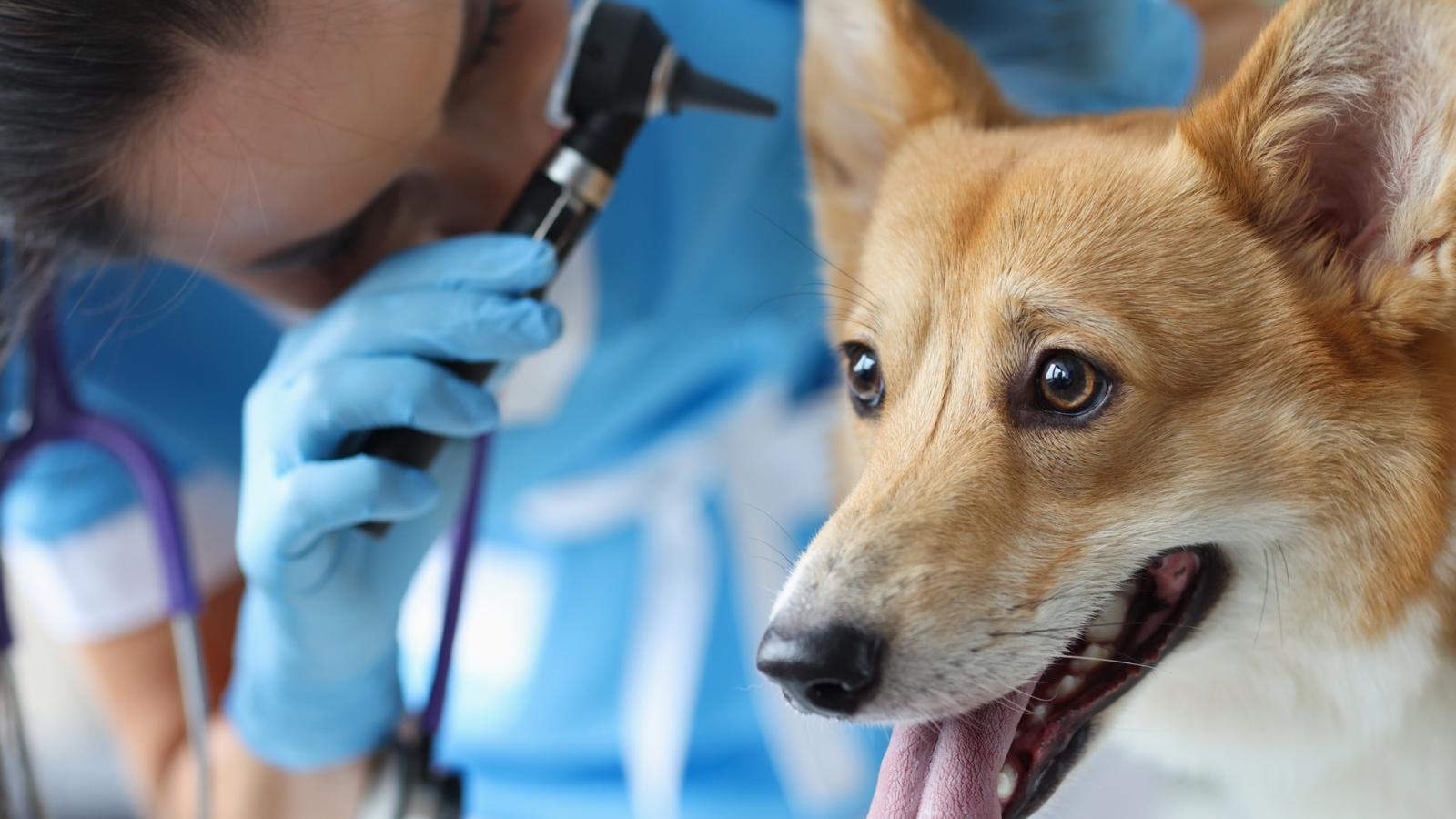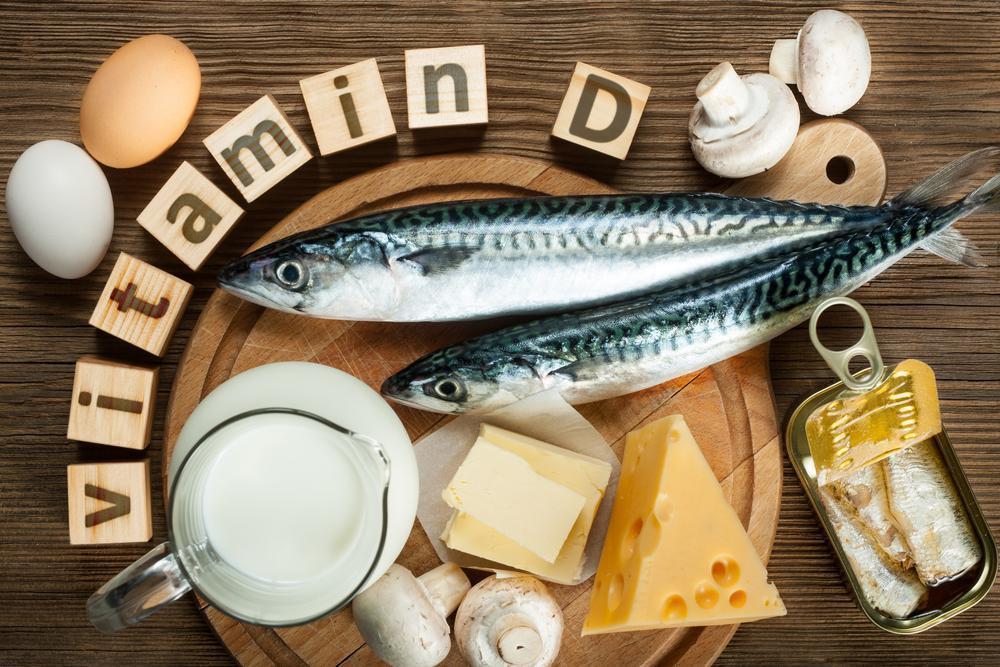Sadly, here at My Pet Nutritionist this is a condition that we are seeing more and more, so we thought we’d pop a blog together to explore, what it is, common causes and considerations to make.
So, let’s get cracking.
What is Cushing’s Disease?
Cushing’s disease in dogs, also known as hyperadrenocorticism, is a condition where a dog’s body produces too much of the stress hormone cortisol. Hyper meaning too much, adreno meaning the adrenal gland and corticism refers to the outer part, or cortex of the adrenal gland.
Cushing’s in dogs is the opposite to Addison’s disease, which is when the body doesn’t produce enough hormones. That’s a blog for another day.
Both decreased and excessive production of this hormone can be life threatening.
The role of Cortisol
We tend to know about cortisol as the common stress hormone – but it tends to get a bad rap. Cortisol doesn’t cause stress, it’s just what is produced in response to it.
Cortisol is a glucocorticoid (steroid hormone) that is produced from cholesterol in the adrenal glands located on top of each kidney. It is normally released in response to waking up, exercise and of course during stress.
But cortisol also plays a role in nutrition. It is involved in energy regulation as it helps select the right type and amount of substrate (like fat or protein) the body needs to meet the physiological demands it is under. When chronically elevated it can have deleterious effects on weight, immune function, and subsequent chronic disease.
One of the main functions of cortisol is to reduce inflammation in the body – which is great, but over time these efforts suppress immune function. Chronically elevated cortisol can lead to immune dysfunction which paves the way for sensitivities, and it also increases the risk of gastrointestinal issues.
As you can see cortisol has wide ranging functions throughout the body, so it’s easy to see how Cushing’s Disease may not always be diagnosed straight away.
Symptoms Include:
- Increased hunger
- Increased thirst
- Frequent urination
- Hair loss
- Slow hair regrowth
- Abdominal swelling (pot belly)
- Thinning skin or lesions
- Lethargy
- Excessive panting
- Skin Infections.
Causes of Cushing’s Disease in Dogs
Pituitary Gland Tumou
The most common cause of Cushing’s disease is a tumour of the pituitary gland (which is located at the base of the brain). The tumour may be either benign (harmless) or malignant (cancerous). The tumour causes the pituitary gland to overproduce a hormone (ACTH) that stimulates the adrenal glands to produce cortisol. You’ll also remember ACTH for it’s role in the stress response.
As the pituitary gland produces more ACTH, it triggers the adrenal glands to produce more cortisol.
Adrenal Gland Tumour
Cushing’s disease may be the result of a benign or malignant tumour of the adrenal gland itself (adenoma or carcinoma, respectively). If the tumour is benign, surgical removal is considered.
Excessive Cortisol from Prolonged Use of Steroids
The third type of the disease is called Exogenous Cushing’s Disease. It is caused when there is excessive administration of an oral or injectable steroid. Although the steroids may have been given for a legitimate medical reason, in this case, their excess has become harmful.
Glucocorticoids (GCs) are a group of drugs structurally and pharmacologically similar to the hormone cortisol with various functions including anti-inflammatory, immunosuppressive, anti-proliferative, and vaso-constrictive effects.
They are often used as replacement therapy in cases of Addison’s Disease, but also as symptomatic treatment in cases of:
- Allergies
- Asthma
- Sickness/nausea
- Autoimmunity
- Chronic inflammatory disease like IBD
- Steroid-responsive dermatoses
- Arthritis
- Preterm delivery
They are liked because as in cortisol’s natural role, glucocorticoids lead to suppression of the immune system and decreased inflammation.
But the downstream effects of glucocorticoids include:
- Decreased cytokine production
- Decreased phagocytosis
- Decreased number of lymphocytes, macrophages, monocytes, eosinophils, and basophils (all immune cells)
And of course, the exogenous administration can lead to Cushing’s Disease. In these cases, collaboration with a qualified professional will establish whether steroid usage can be reduced safely.
As noted, the most common cause of Cushing’s Disease is a tumour in the pituitary -so where does this come from?
Tumours
Generally, the first step to cells becoming cancerous is unusual DNA (deoxyribonucleic acid) structure.
DNA contains the instructions that us and our pets need to develop, live, and reproduce. These instructions are found in every cell and are passed down from parents to their offspring. Every cell must undergo growth, and then it must die. Each cell has a finite number of times it can reproduce, which is why we age. Cancer cells on the other hand, do not – they grow, the body is unable to kill them and so they continue to grow.
DNA was largely considered destiny for many years and although DNA cannot be altered, it’s expression can. When our pets are born, they may have been given rogue genes that
could cause cancer to grow, but their environment and lifestyle choices can help make that decision too. These choices can make cancer cells grow, or equally, prevent them from dying.
Nutrition is, not surprisingly one of those choices to consider.
The nutrients required for DNA replication include folate, vitamin B12, magnesium, zinc and iron. For the maintenance of DNA methylation and chromosome stability, the nutrients folate, vitamin B12 are of particular importance. To prevent DNA oxidation, provision of vitamin C, vitamin E, zinc, manganese, and selenium is necessary. For DNA damage sensing and repair, niacin, zinc, iron and magnesium are critical.
Evidence suggests that deficiency in these micronutrients can increase DNA replication stress and genomic instability. In addition, deficiency here is thought to increase susceptibility to DNA damage caused by endogenous and/or environmental toxins.
The bottom line? Certain changes in DNA can cause pituitary cells to produce a tumour – these changes can be inherited but they can also be acquired by outside exposures from pollution, environmental contaminants, nutrition and more. If you would like to know more about genes and gene expression, check out our blog here:
How Nutrition Affects Your Pet’s Genes
Epidemiology of Cushing’s Disease
Data indicates that Cushing’s Disease is higher in:
- Female dogs
- Neutered dogs
- Schnauzers
- Fox Terriers
- Miniature Poodle
- Boxer
- Dachshund
Findings Here
Treating Cushing’s Diseas
Generally, the approach falls under two categories – to reduce the level of cortisol, and/or reduce pituitary or adrenal tumours. Surgery is generally suggested in the latter.
As with anything prevention is better than cure, so ensuring efficient adrenal function and balanced burden is essential.
Top Tips:
– Avoid stressful triggers
– Ensure optimal choices for DNA health and replication – remove toxic burden, offer a fresh, nutrient dense, unadulterated diet
– Support antioxidant defences – fruits and vegetables if appropriate
– Offer filtered water
– Consider the implications of long-term steroid use
If your dog has developed Cushing’s Disease however, management can be a little more complex because it is life threatening. There are options available and here at My Pet Nutritionist we look inside, outside, and underneath the box to develop the most appropriate plan for you and your pet, in conjunction with other practitioners where necessary.
Feel free to check out our services to see if we may be able to help.
Thanks for reading,
MPN Team x



